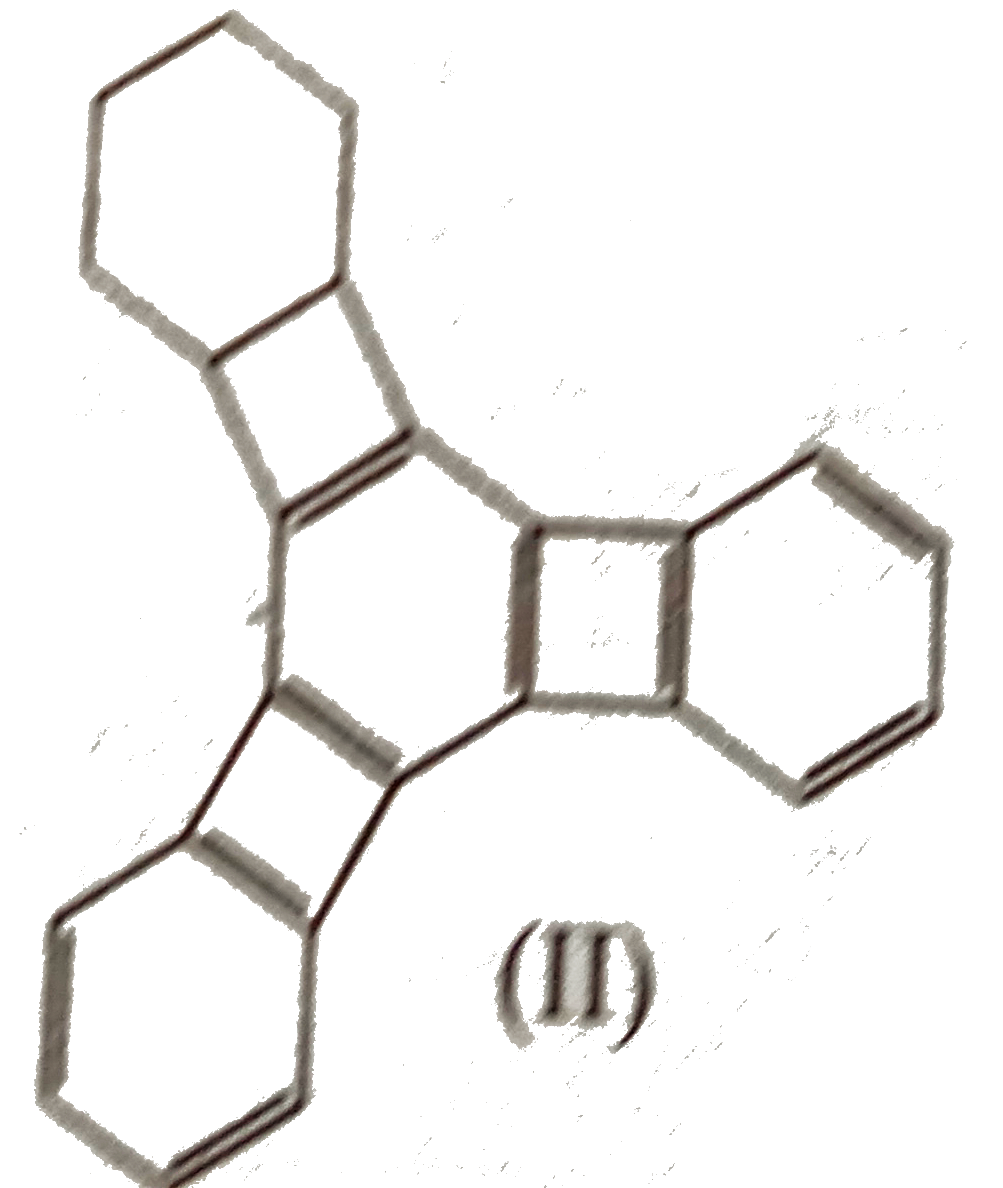Question 4
Statement-1: A force of constant magnitude can cause variable acceleration of a particle.
Statement-2: A force of constant magnitude can cause only constant acceleration.
Statement-1is true,Statement-2is true
Statement-1is false,Statement-2is true
Statement-1is true,Statement-2is false
Statement-1is false,Statement-2is false
Step by step video & image solution for Question 4 Statement-1: A force of constant magnitude can cause variable acceleration of a particle. Statement-2: A force of constant magnitude can cause only constant acceleration. Statement-1is true,Statement-2is true Statement-1is false,Statement-2is true Statement-1is true,Statement-2is false Statement-1is false,Statement-2is false by Physics experts to help you in doubts & scoring excellent marks in Class 11 exams.
Similar Questions
Let R be the set of real numbers. Statement-1 : A={(x,y)∈R×R:y−x is an integer} is an equivalence relation on R. Statement-2 : B={(x,y)∈R×R:x=αy for some rational number a} is an equivalence relation on R.
Statement-1 is true, Statement-2 is true. Statement-2 is a correct explanation for Statement-1.
Statement-1 is true, Statement-2 is true; Statement-2 is not a correct explanation for Statement-1.
Statement-1 is true, Statement-2 is false.
Statement-1 is false, Statement-2 is true.View SolutionLet A and B be two symmetric matrices of order 3. Statement-1 : A(BA) and (AB)A are symmetric matrices. Statement-2 : AB is symmetric matrix if matrix multiplication of A with B is commutative. Statement-1 is true, Statement-2 is true; Statement-2 is a correct explanation for Statement-1. Statement-1 is true, Statement-2 is true; Statement-2 is true; Statement-2 is not a correct explanation for Statement-1. Statement-1 is true, Statement-2 is false. Statement-1 is false, Statement-2 is true.
View Solutiona. Statement- 1 and Statement- 2 are true, and state-ment- 2 is the correct explanation of Statement- 1.
b. Statement- 1 and Statement- 2 are true but Statement- 2 is not the correct explanation of Statement- 1.
c. Statement- 1 is true and Statement- 2 is false.
d. Statement- 1 is false and Statement- 2 is true.
e. Statement- 1 is false and Statement- 2 is false.
Statement- 1:
Compound (I) is formed not (II).
 and
and 
Statement- 2:
Due to the reduction of central ring, 3 four-membered anti-aromatic rings become stable to from (I). In (II), due to the reduction of terminal ring, only one anti-aromatic ring can be stabilised.View SolutionStatement -1 (12)7<(13)4
⇒7log(12)<4log(13)⇒7<4
Statement-2 If ax<ay, where a<0,x,y>0, then x>y.
(a) Statement-1 is true, Statement-2 is true, Statement-2 is a correct explanation for Statement-1
Statement-1 is true, Statement-2 is true, Statement-2 is not a correct explanation for Statement -1
(c) Statement -1 is true, Statement -2 is false
(d) Statement -1 is false, Statement -2 is true.View SolutionStatement-1(Assertion) and Statement-2 (reason) Each of these question also has four alternative choices, only one of which is the correct answer. You have to select the correct choice as given below.
(a) Statement-1 is true, Statement-2 is true, Statement-2 is a correct explanation for Statement-1
Statement-1 is true, Statement-2 is true, Statement-2 is not a correct explanation for Statement -1
(c) Statement -1 is true, Statement -2 is false
(d) Statement -1 is false, Statement -2 is true
Statement -1 The equation (logx)2+logx2−3=0 has two distinct solutions.
Statement-2 logx2=2logx.View SolutionStatement-1(Assertion) and Statement-2 (reason) Each of these question also has four alternative choices, only one of which is the correct answer. You have to select the correct choice as given below.
(a) Statement-1 is true, Statement-2 is true, Statement-2 is a correct explanation for Statement-1
Statement-1 is true, Statement-2 is true, Statement-2 is not a correct explanation for Statement -1
(c) Statement -1 is true, Statement -2 is false
(d) Statement -1 is false, Statement -2 is true
Statement -1 logx3.logx/93=log81(3) has a solution.
Statement-2 Change of base in logarithms is possible .View SolutionLet f(x)={xnsin(1x),x≠0;0,x=0; and n>0 Statement-1: f(x) is continuous at x=0 and ∀n>0. and Statement-2: f(x) is differentiable at x=0 ∀n>0 (1) Statement-1 is True, Statement-2 is True; Statement-2 is a correct explanation for Statement-1. (2) Statement-1 is True, Statement-2 is True Statement-2 is NOT a correct explanation for Statement-1. (3) Statement-1 is True, Statement-2 is False (4) Statement-1 is False, Statement-2 is True.
View SolutionStatement-1 : The number of ways of distributing 10 identical balls in 4 distinct boxes such that no box is empty is ^9C3 . Statement-2 : The number of ways of choosing any 3 places from 9 different places is ^9C3 . Statement-1 is true, Statement-2 is true; Statement-2 is a correct explanation for Statement-1. Statement-1 is true, Statement-2 is true; Statement-2 is not a correct explanation for Statement-1. Statement-1 is true, Statement-2 is false. Statement-1 is false, Statement-2 is true.
View SolutionStatement-1(Assertion) and Statement-2 (reason) Each of these question also has four alternative choices, only one of which is the correct answer. You have to select the correct choice as given below.
(a) Statement-1 is true, Statement-2 is true, Statement-2 is a correct explanation for Statement-1
Statement-1 is true, Statement-2 is true, Statement-2 is not a correct explanation for Statement -1
(c) Statement -1 is true, Statement -2 is false
(d) Statement -1 is false, Statement -2 is true
Statement -1 The equation 7log7(x3+1)−x2=1 has two distinct real roots .
Statement -2 alogaN=N, where a>0, a≠1 and N>0View SolutionStatement-1(Assertion) and Statement-2 (reason) Each of these question also has four alternative choices, only one of which is the correct answer. You have to select the correct choice as given below.
(a) Statement-1 is true, Statement-2 is true, Statement-2 is a correct explanation for Statement-1
Statement-1 is true, Statement-2 is true, Statement-2 is not a correct explanation for Statement -1
(c) Statement -1 is true, Statement -2 is false
(d) Statement -1 is false, Statement -2 is true
Statement -1 The equation xlogx(1−x)2=9 has two distinct real solutions.
Statement -2alogab=b , when a<0,a≠1,b>0.View Solution
